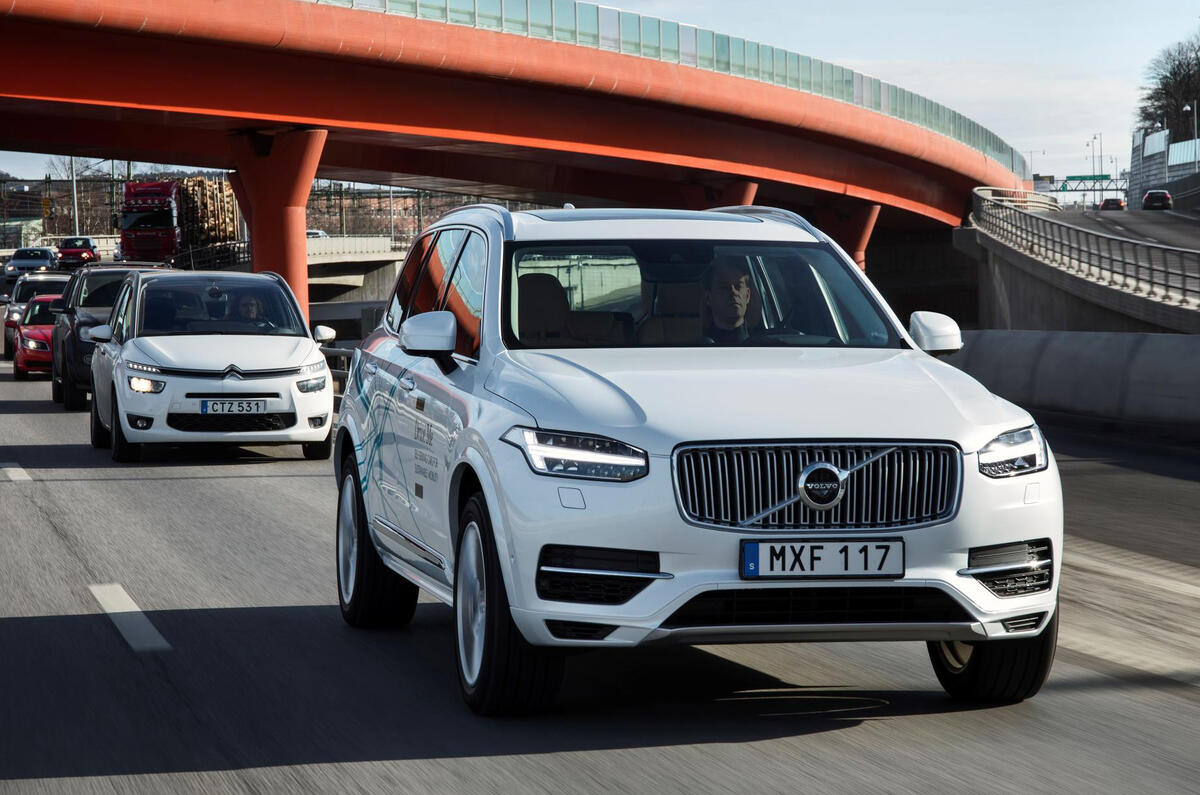The period between the proposed rollouts of semi-autonomous cars in 2018 and fully autonomous cars in 2025 will present a huge challenge to drivers to stay safe and remain within the law, according to senior industry figures.
Some manufacturers, including Audi, BMW, Mercedes, Tesla and Volvo, are already selling cars with advanced ‘autopilot’ features, and more manufacturers are set to join them as technology advances. James Dalton, of the Association of British Insurers (ABI), said: “Automation could be the biggest breakthrough in road safety since the invention of the seatbelt and insurers fully support its development. However, we need to get there safely.
“The growth of features, such as automatic braking and lane assistance systems, may give drivers a false sense of security that they can relax while their car looks after them. But unless a vehicle is fully automated and able to respond appropriately in an emergency, drivers still have to be ready to take back control at a moment’s notice.”
By 2018, a significant number of cars are expected to be running systems that allow the driver to remove their feet from the pedals and their hands from the steering wheel for up to three minutes on motorways. At 70mph, a car would travel three and a half miles in that time.
Legislation that requires a system to shut down after three minutes, unless the driver manually resets it, is already in place. The driver will also have to always be in a position to retake control if an alarm is sounded, although the road-scanning systems used by manufacturers will only typically be able to look three seconds up the road at 80mph, giving them minimal time to react.
From 2021, the car industry and legislators anticipate that entire motorway journeys will be possible with a car in fully autonomous mode, without any input from the driver, while from 2025 the expectation is that cars will do entire journeys with the driver’s only action being to set the destination. It is the interim period between semi-autonomous driving and fully autonomous driving that has raised the most concerns.
Research by What Car? has already shown that a quarter of drivers would like to be able to sleep while an autonomous car drives them to their destination.
Peter Shaw, chief executive at Thatcham Research, said: “Automated vehicles have the potential to transform our roads, reducing congestion and crashes. The first truly automated vehicles, where the driver is able to hand over control in a specific situation, such as on the motorway, won’t be on the roads until some time after 2021.





Join the debate
Add your comment
Dead end
2025 10 year old cars
"unless a vehicle is fully automated and able to respond..."